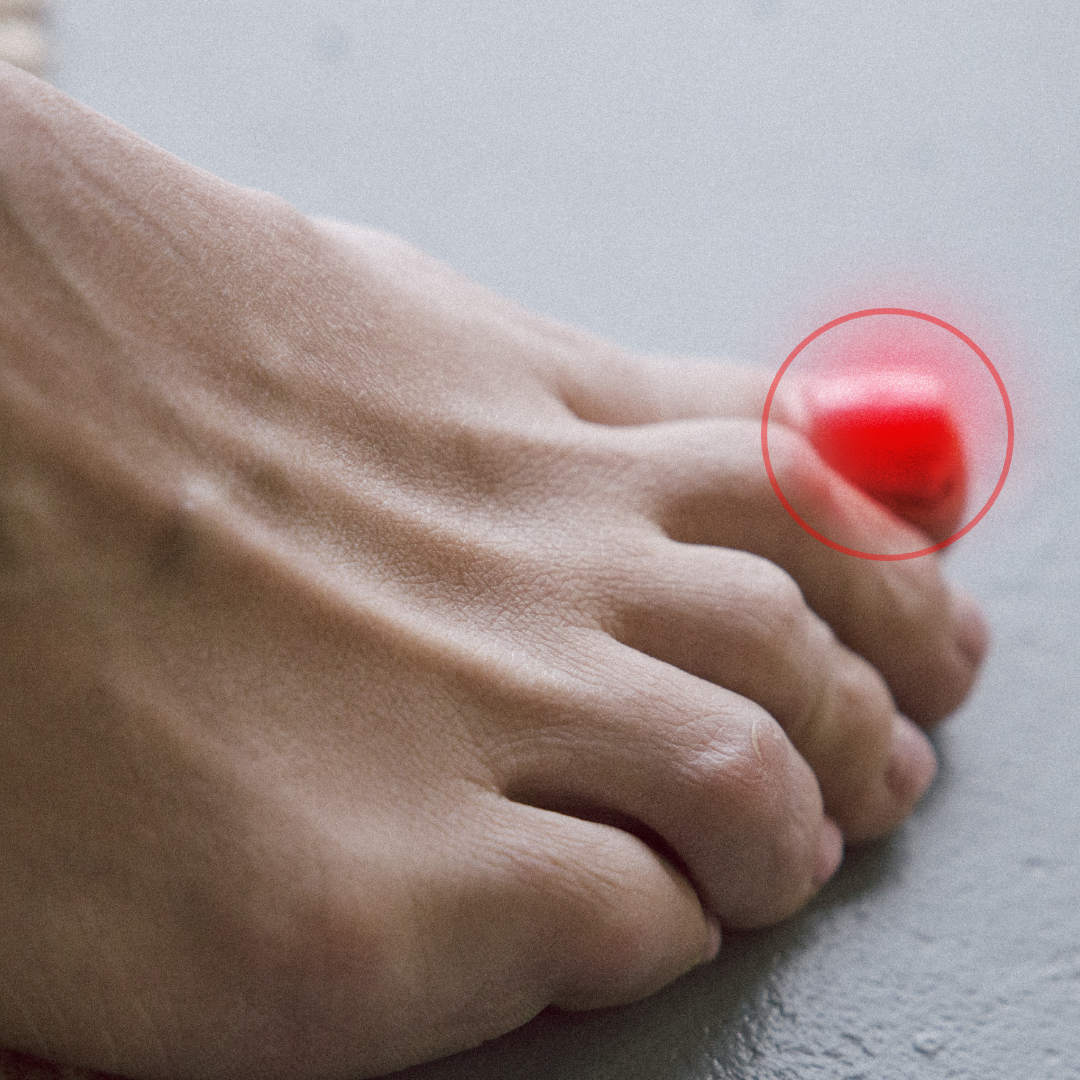Toenail fungus is an infection that works its way through any cuts in the skin or cracks in the toenail. It can be identified by the toenail changing colour and becoming thicker and, in some instances, can be painful. However, several toenail fungus treatment options are available.
As toes are often hidden in socks and shoes, it thrives in these warm and damp conditions. Different types of fungi and yeast can affect the nail, but if it is left untreated then the infection could spread to other toenails, fingernails, and the skin.
Infected toenails are commonly identified by thickened nails, differently shaped nails, yellowish discolouration, and brittle nails. Occasionally, a white dot appears as the nail grows and where the fungus increases beneath the nail. This can cause the nail to loosen and even detach from the nail bed.
It is more common in males than in females, and it is also more prevalent in older people. Individuals who have diabetes or a weak immune system are also prone to it. Furthermore, it is also more likely in those who spend a lot of time in the water or have injured their toenail.
Toenail Fungus Treatment
It is possible to treat fungal infections using topical anti-fungal gels that can take up to twelve months to work. Nail softening creams are also used to help speed up the process. Once a healthy nail grows back, it is an indication that the infection has been removed.
There are treatments available from your doctor in the form of anti-fungal tablets and these will need to be taken over the course of six months. However, they can have side effects such as headaches, itching, loss of taste and diarrhoea. They cannot be taken by individuals who are pregnant, as they can cause damage to the liver. For this reason, it is advantageous to visit a Podiatrist, as treatment will be provided without the need for oral medication.
A simple and effective toenail fungus treatment is the Lacuna Method treatment. The process includes painlessly drilling many tiny micro holes into the infected nail through to the skin under the nail (the nail bed). Then, the infected nails are treated with Terbinafine spray, which passes through the mircro holes directly to the source of infection. If the home application of the anti-fungal agent is admired daily, the infection should clear and the damaged nail grows out.
In some cases, if the infection has caused major damage to the nail plate, then the nail may need to be removed, which will be done under a local anaesthetic.
What are the causes?
Fungal nail infections are caused by an array of fungal organisms, although the most common type is the Dermatophyte fungus. However, infections can also be caused by yeast and mould.
It can develop in young children as well as adults, although it is most common in those who are older. As the nail alters, it can become dry and brittle, which causes cracks to form, giving the fungi an opportunity to enter. Other issues such as poor blood circulation to the feet can also lead to a fungal infection.
Find out more about nail fungus treatment here
If you suffer from a fungal nail infection, give us a call on 020 3327 0194 or book an appointment online now.








